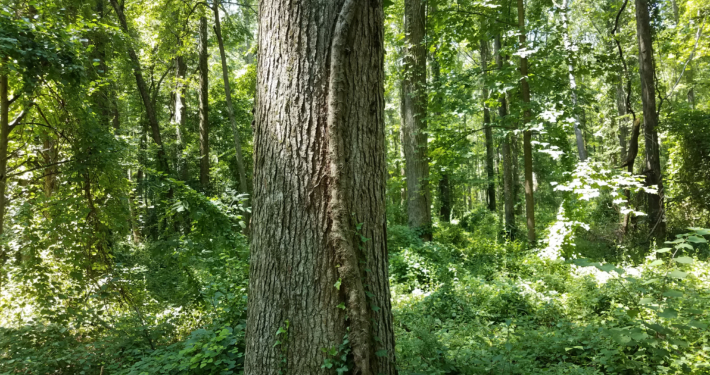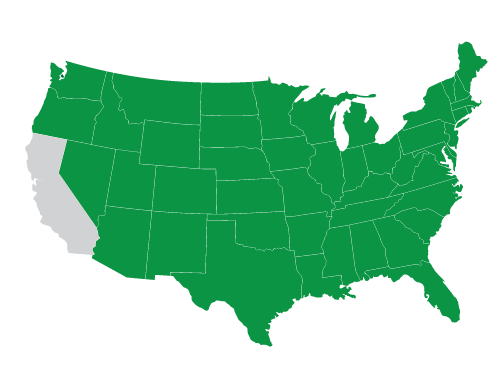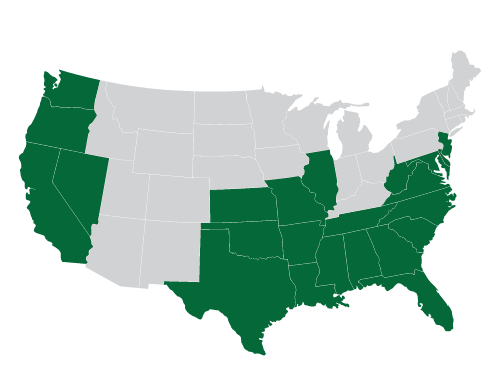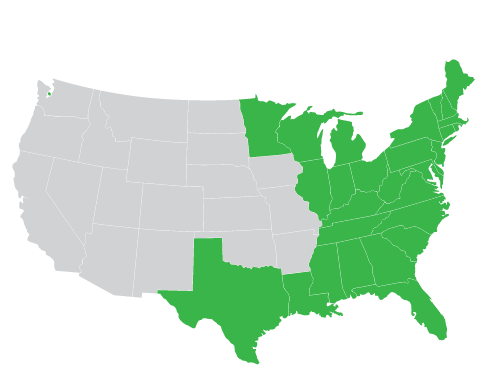Across the Map: Uncovering the Geographical Distribution of Poison Ivy, Oak, and Sumac in North America
Discover Poison Ivy Oak and Sumac and their unique features, habitats, and locations to stay safe while working outdoors.
By: Richard Rich
Knowing the locations and appearances of poison ivy, oak, and sumac plants can be the key to avoiding painful and irritating rashes. These three plants, although different in appearance, all contain the same allergen, urushiol, which causes an allergic reaction on the skin. They belong to the genus Toxicodendron within the Anacardiaceae family and are indigenous to the United States, Canada, and northern Mexico. To protect yourself from these harmful plants, it’s essential to recognize their unique features and where they grow.
Poison Ivy: The Most Common Offender
Poison ivy is widespread across North America, excluding California, Alaska, and Hawaii. It can take on various forms, including groundcover, shrubs, or climbing vines that often wrap around trees. These plants favor “disturbed ground,” such as backyards, trails, fences, and landscapes. Poison ivy is rarely found above 5,000 feet elevation or in desert environments.
There are two main types of poison ivy: Eastern Poison Ivy and Western (Rydberg’s) Poison Ivy. Eastern Poison Ivy is more common and can be found along the eastern seaboard of the United States, while Western Poison Ivy is typically found in the western and central parts of the country. Both varieties share similar features, such as clusters of three almond-shaped leaflets. The leaves are green in summer, red in fall, and the berries are typically grayish-white. Specific to all Toxicodendron species are clusters of green fruit that grow in the angle between the leaf and the twig from which it arises, and which take on an off-white color when they mature in autumn. The leaf stalk also leaves a “U”- or “V”-shaped scar after it falls off.
Poison Oak: The Oak Leaf Impersonator
Poison oak is less common than poison ivy but appears in two varieties: Atlantic Poison Oak and Pacific Poison Oak. The leaves of both varieties are similar to poison ivy, with scalloped edges resembling oak tree leaves. They also grow in clusters of three and are found in woodlands, Douglas fir forests, and “disturbed ground.”
Atlantic Poison Oak is found along the Atlantic coast of the United States, while Pacific Poison Oak is found along the Pacific coast. Both varieties can grow as a shrub in sunlight or as a climbing vine in the shade. Their leaves change color throughout the year, ranging from bronze, brilliant green, yellow-green, to red in fall. Berries on poison oak plants are typically greenish-white or tan. A unique feature useful in identification is the presence of clustered small green fuzzy berries on the plant.
Poison Sumac: The Swamp Dweller
Poison sumac is mainly found in swamps or peat bogs in the Eastern United States. It grows as a woody shrub, sometimes resembling a small tree, reaching heights of up to 20 feet.
The leaves of poison sumac vary in number, but they always have an odd count, usually ranging from 5 to 13 leaves per stem, with a single leaf at the end of each stem. The stems are red in spring, fading to brown in fall and winter. Poison sumac produces oval-shaped berries that are white to gray in color. The leaves and fruit of the plant are the primary sources of urushiol.
By familiarizing yourself with the appearances and habitats of poison ivy, oak, and sumac, you can avoid these plants and protect yourself from the discomfort of rashes caused by urushiol. Stay vigilant and enjoy the outdoors safely. Remember the adage, “leaves of three, let them be










